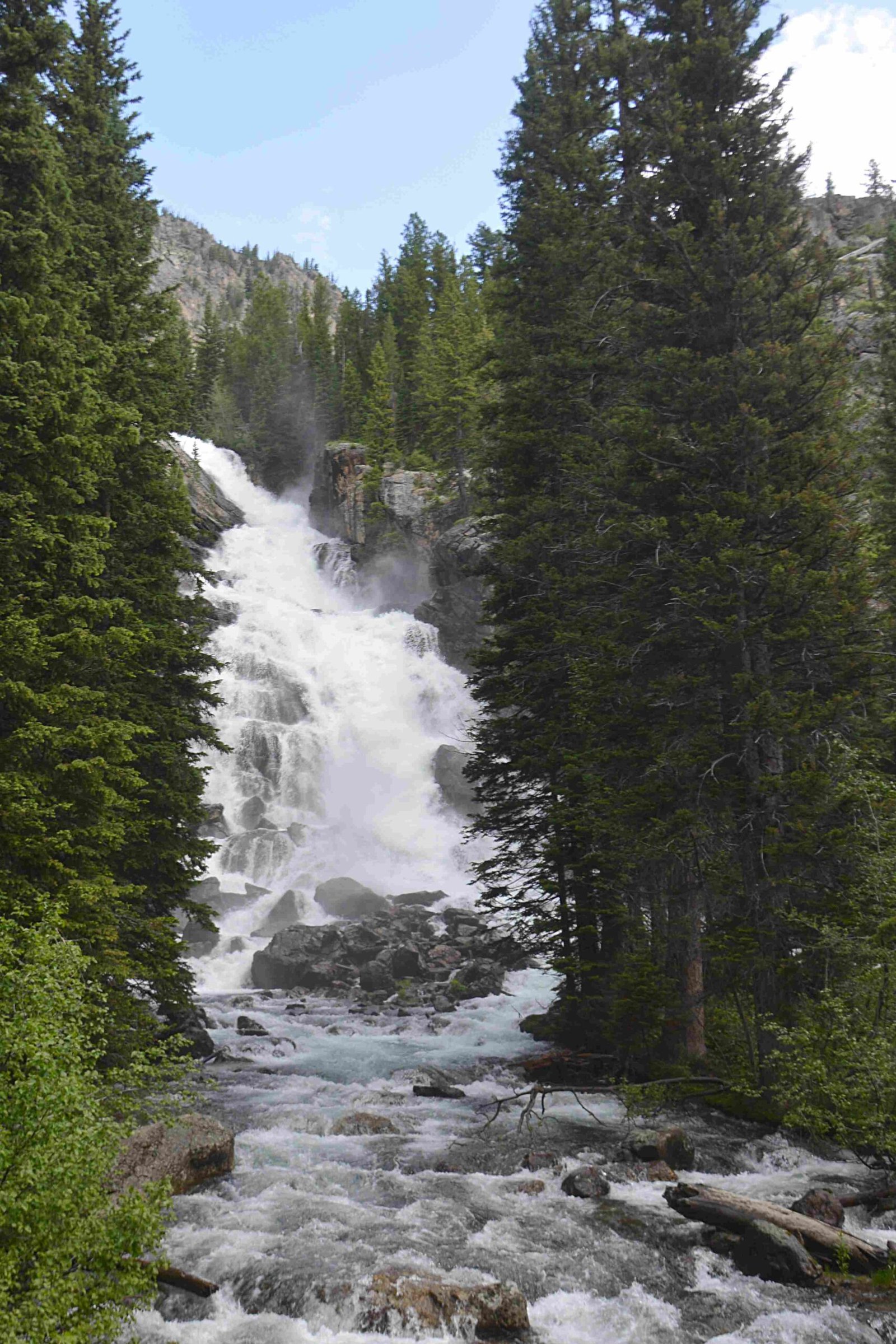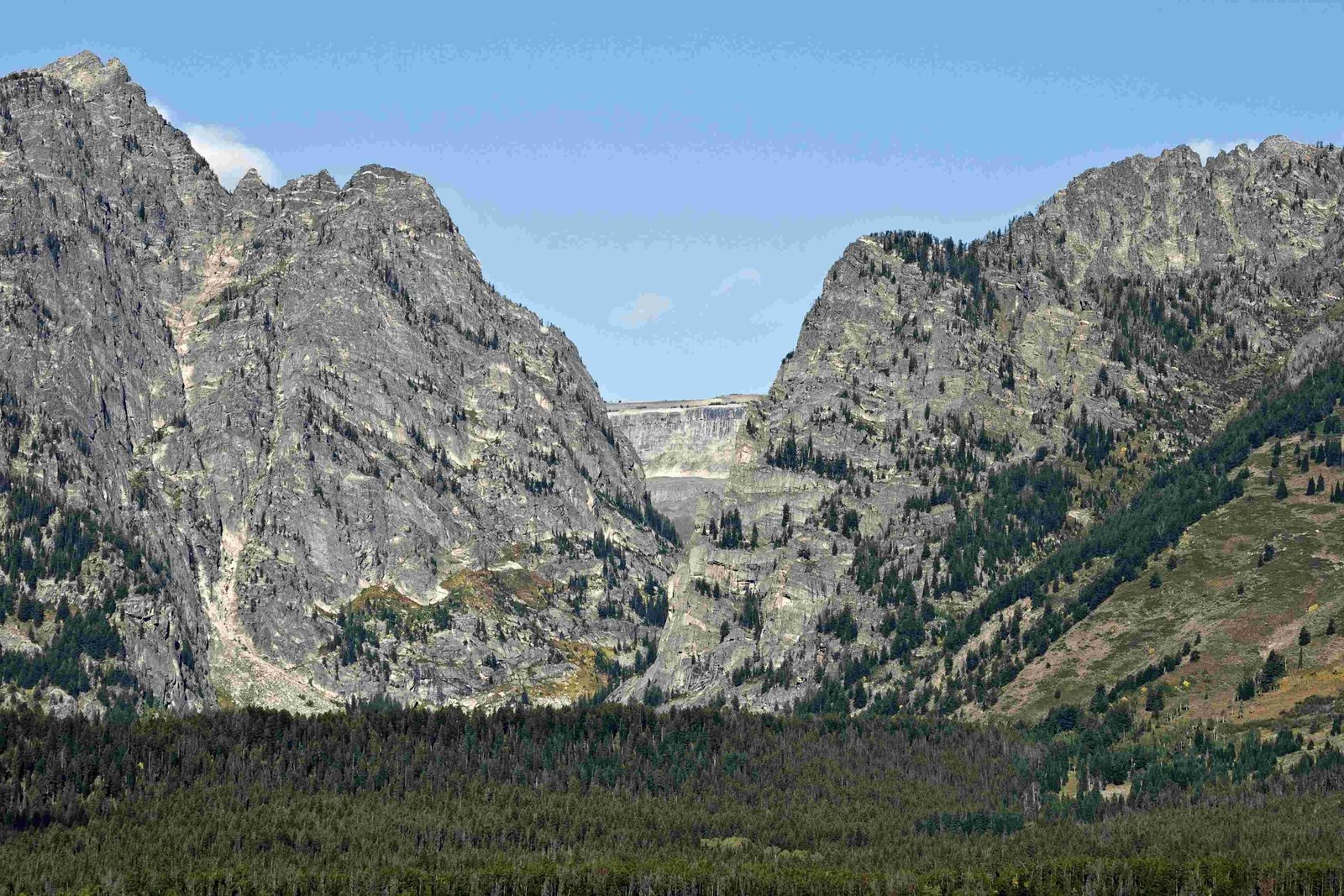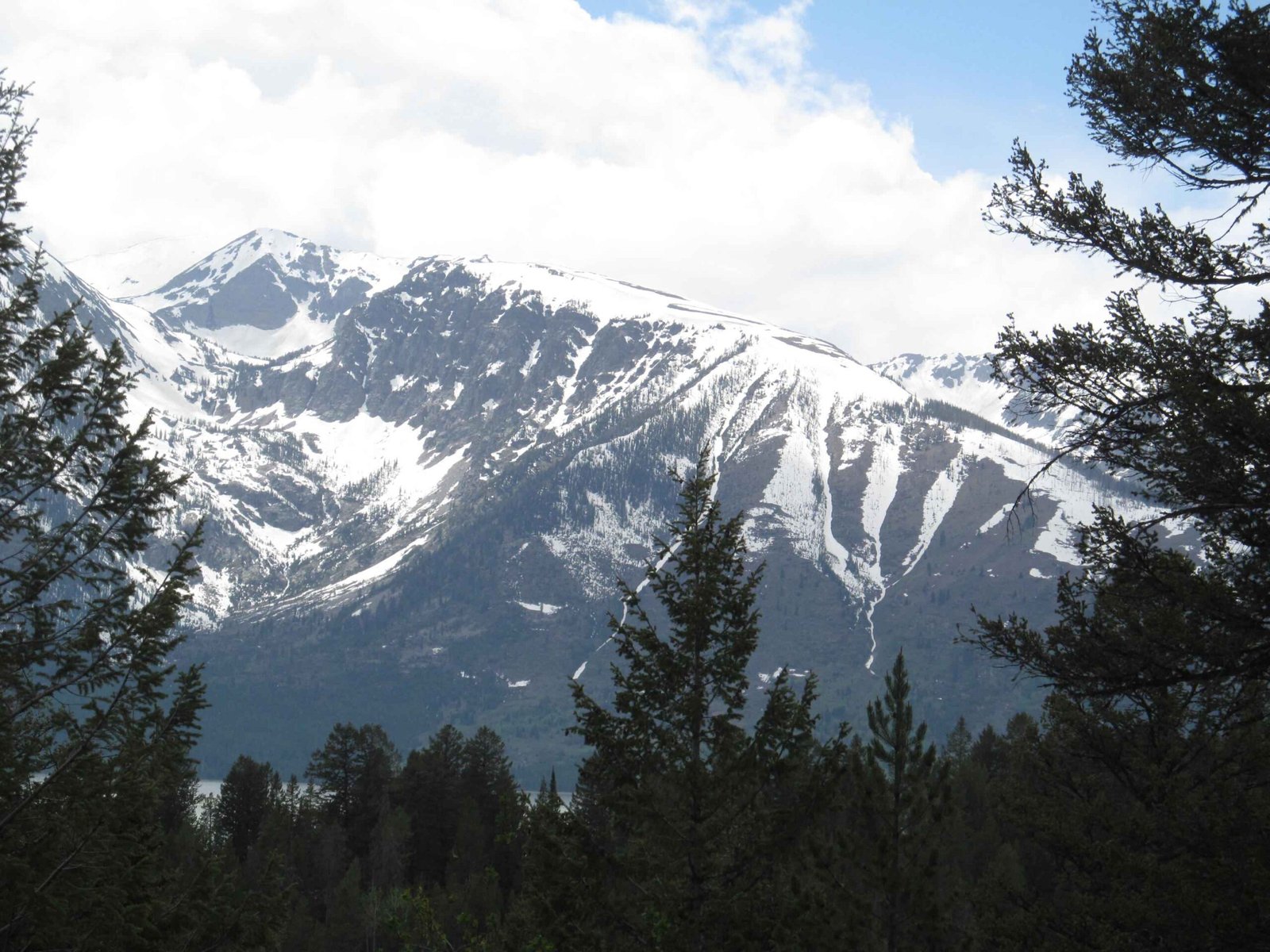Grand Teton National Park is a breathtaking wilderness sanctuary nestled in northwestern Wyoming, boasting dramatic mountain landscapes, diverse ecosystems, and extraordinary wildlife. Spanning approximately 310,000 acres, this remarkable park offers visitors an unparalleled glimpse into pristine alpine environments, featuring the stunning Teton Range with peaks soaring to 13,775 feet, glacial lakes, and rich biodiversity that attracts over 3.4 million visitors annually.
What Makes Grand Teton National Park Unique?

How Did the Teton Mountains Form?
The Teton Range represents a remarkable geological phenomenon created by tectonic plate movements and glacial activity. Unlike most mountain ranges formed through compression, the Tetons emerged through dramatic fault block uplift, resulting in their incredibly steep and dramatic profile.
Geological Highlights:
– Youngest mountain range in the Rocky Mountains
– Formed approximately 10 million years ago
– Continues to experience subtle geological shifts
– Features dramatic vertical relief of nearly 7,000 feet
What Wildlife Calls Grand Teton Home?
Grand Teton National Park hosts an extraordinary array of wildlife, making it a premier destination for nature enthusiasts and wildlife photographers.
| Species Category | Number of Species | Notable Examples |
|---|---|---|
| Mammals | 61 | Moose, Elk, Grizzly Bears |
| Birds | 300+ | Bald Eagles, Trumpeter Swans |
| Reptiles | 6 | Garter Snakes |
| Amphibians | 5 | Chorus Frogs |
Where Can Visitors Explore Historical Landmarks?
Mormon Row Historic District
A testament to early 20th-century settlement, Mormon Row features preserved homesteads that offer visitors a glimpse into pioneer life. The famous T.A. Moulton Barn, photographed countless times, symbolizes the region’s agricultural heritage.
Chapel of Transfiguration
This small log chapel, constructed in 1925, provides stunning mountain views through its altar window, representing a unique architectural and spiritual landmark.
What Recreational Activities Are Available?
Hiking Trails:
– Taggart Lake Trail (Easy)
– Granite Canyon Trail (Challenging)
– Jenny Lake Trail (Moderate)
Seasonal Activities:
– Summer: Ranger-led programs, wildlife viewing
– Winter: Cross-country skiing, snowshoeing
– Fall: Elk bugling tours
– Spring: Wildlife observation
How Can Visitors Prepare for Their Trip?
Essential Visitor Tips:
– Book accommodations well in advance
– Check seasonal accessibility
– Bring appropriate outdoor gear
– Respect wildlife viewing guidelines
– Obtain necessary park permits
What Conservation Efforts Protect the Park?
Grand Teton National Park actively manages its ecosystems through:
– Wildlife corridor preservation
– Invasive species management
– Habitat restoration projects
– Climate change research initiatives
When Is the Best Time to Visit?
| Season | Visitor Experience | Recommended Activities |
|---|---|---|
| Summer | Peak Season | Hiking, Camping |
| Fall | Less Crowded | Wildlife Photography |
| Winter | Snow Activities | Skiing, Snowshoeing |
| Spring | Emerging Wildlife | Nature Observation |
How Can Visitors Minimize Environmental Impact?
- Follow “Leave No Trace” principles
- Stay on designated trails
- Properly dispose of waste
- Use reusable water bottles
- Maintain safe distances from wildlife
Final Thoughts

Grand Teton National Park offers an unparalleled wilderness experience, combining geological wonder, rich biodiversity, and opportunities for outdoor recreation. Whether you’re a nature photographer, hiker, or wildlife enthusiast, this extraordinary landscape promises unforgettable memories.

